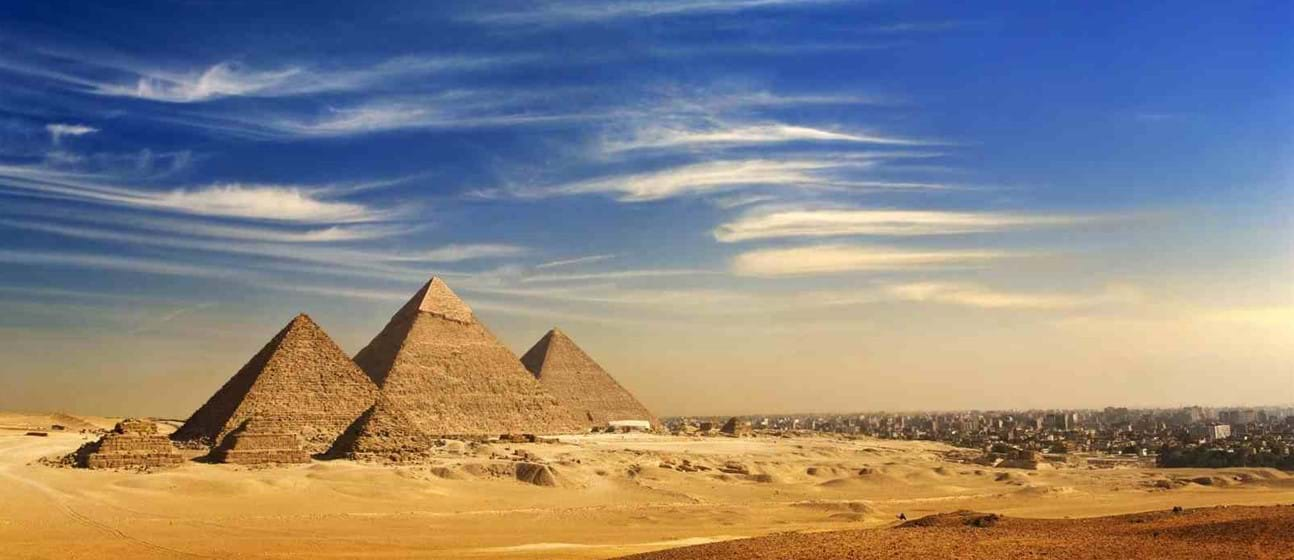- Cairo Attractions
- Shoroq Samir
Cairo museum of Islamic art
Egypt has witnessed the early rise of the Christian era. In fact, the country was a shelter where the holy family took refuge in some places erected now as popular monasteries and churches. After the Christian Coptic period, the Islamic conquest happened in 642 A.D, and Egypt was declared officially as Islamic country and should use Arabic as its official language. However, the Christians religion and Coptic culture remained still in Egypt, and the churches rang their bells every Sunday. Muslims started to build principal architectural types of mosques, palaces and forts in Egypt, and the first was Amr bin El Aas mosque which contained religious art elements. Islamic art can be identified from the recurrent motifs of floral, geometric and vegetal shapes. The sequence of repeating these shapes is called "arabesque" which can be seen in most of old Islamic mosques and architectures. The beginning of the Islamic art was influenced by the Romans and bezants whom the Muslims conquered their countries in the 7th and 8th centuries, and that's why you can find secular elements in Islamic art as well. Later, it was developed through many stages during the Umayyad, Abbasid and Ottoman periods until it was basically characterized by overusing geometric, abstract floral and calligraphic (the art of Arabic handwriting). The Islamic artists were exceptional in wood and plaster artifacts beside carpets, silk, glass and crystal objects. All of these artworks were gathered under the commandment of khedive Tewfik from the Islamic world to be preserved and displayed in the museum of Islamic art. If you are interested to visit the museum and check out the legendary Islamic collection, book one of Cairo day tours to visit old Cairo and its distinguished highlights included the museum or you can customize your trip and involve the museum within the itinerary you like.
The museum of Islamic art
The idea of establishing a museum that gather all the pieces with oriental art and Islamic purpose came in the time of khedive Ismail, but it was actually done in the reign of his son, khedive Tewfik. It was situated in an area was called (bab al khalk) in Cairo 1903. They wanted to cover all branches of Islamic art and make them under one roof to be reached by national and international visitors and admire the Islamic prosperity. So, in 1880, Frantz Pasha started by gathering the collection of Al Hakim mosque which was built in 989 A.D during the Fatimid period and displayed it in a small backyard building called (house of Arab antiques). This small building was renovated and expanded to 23 halls and the name was changed to (museum of Islamic art) in 1951. Now, The museum houses about 100,000 items reflecting the glorious of Islamic Civilization and displays 45,000 of them collected around the world from Iran, china, India all along to Arab peninsula, North Africa and Egypt. The foundation of this museum aimed to interpret Islamic antiques and encourage scientific collaboration to spread the Islamic contribution in heritage Art and science. The museum mission is also to develop educational lectures discussing the heritage world of Islam and tolerance among civilizations and other religions.
The museum collection
The museum of Islamic art covers wide range of all specialized branches of Islamic art from different phases of history which made the museum a beacon for Islamic knowledge worldwide and a center for researchers, historians and tourists who are interested to delve into heritage world legacy. The collections were classified according to the materials and chronological sequence. There are metals, iron, ivory, jewelries, wood, glass, manuscript, ceramic pieces, carpets and textile collections. The museum also have guiding panels which tell the story of Every Islamic Caliphates (empires) Umayyad, Abbasid, Fatimid, Ayyubid, Mamluk, and Ottoman. One of the collections that much worth visiting is the book collection in the library. It houses 30,000 rare and rich books about variety topics of Art, science, Architecture, antiquities and Islamic history. Perhaps, the most captivating piece in the museum is the 15th century fountain made of ceramic in Mamluk period showing its vibrant colors and epic design.
The museum renovations
The museum went through a lot of expansion periods and was developed through the years. In 1983, the museum was expanded from small building to large museum and occupied a land that was for gas station before. Two halls for carpets and textile collections were added along with storage room, numismatics section and a garden. A new stage of development was taken in 2003 involved the construction of a library, restoration section and a lecture hall. Also, new administrative building was added beside some renovation of the display layouts. Unfortunately, as a result of 2014 uprising tension, some of the museum buildings were damaged and destroyed, but thanks to the UNESCO who donated to renovate and rebuild the burned area in 2015-2016









